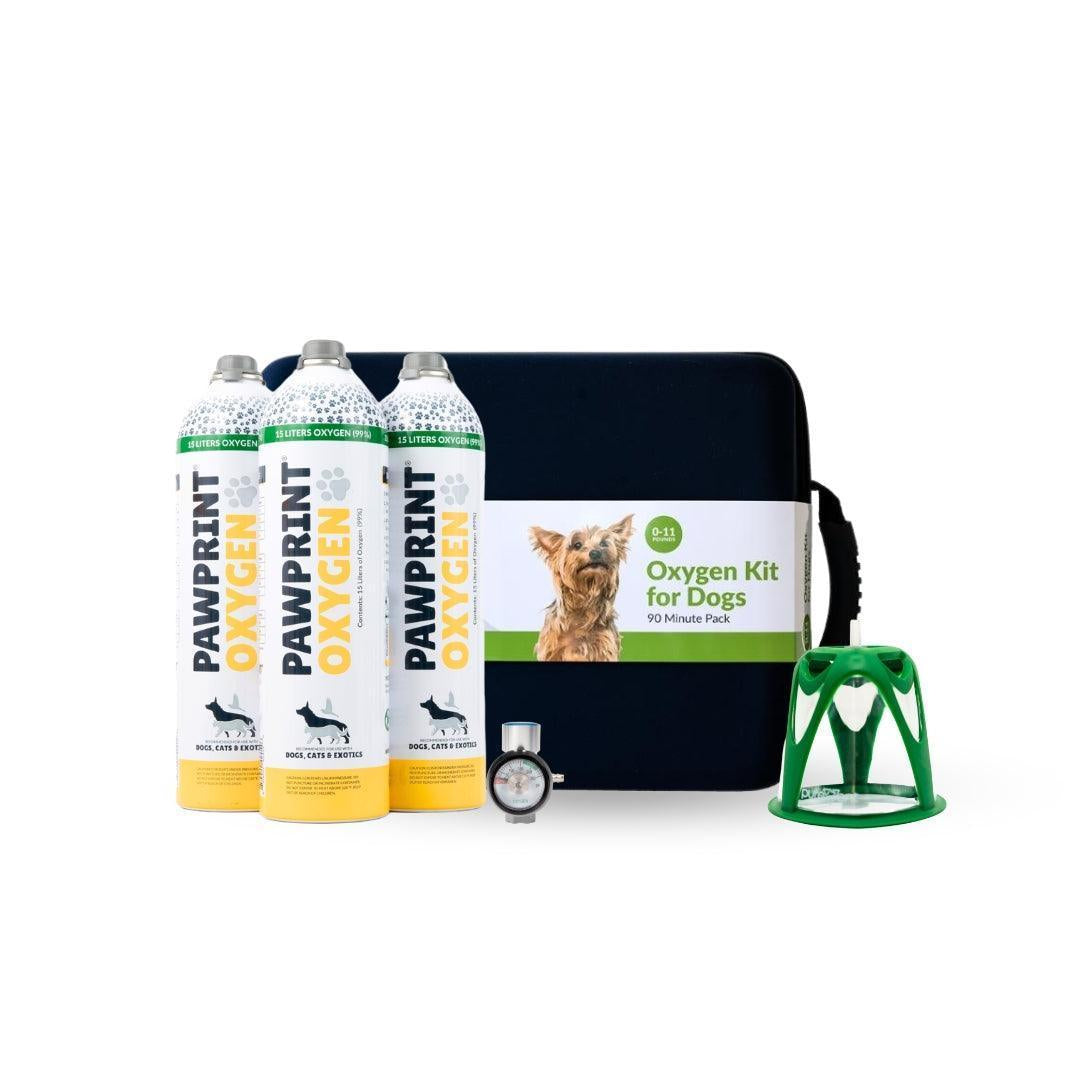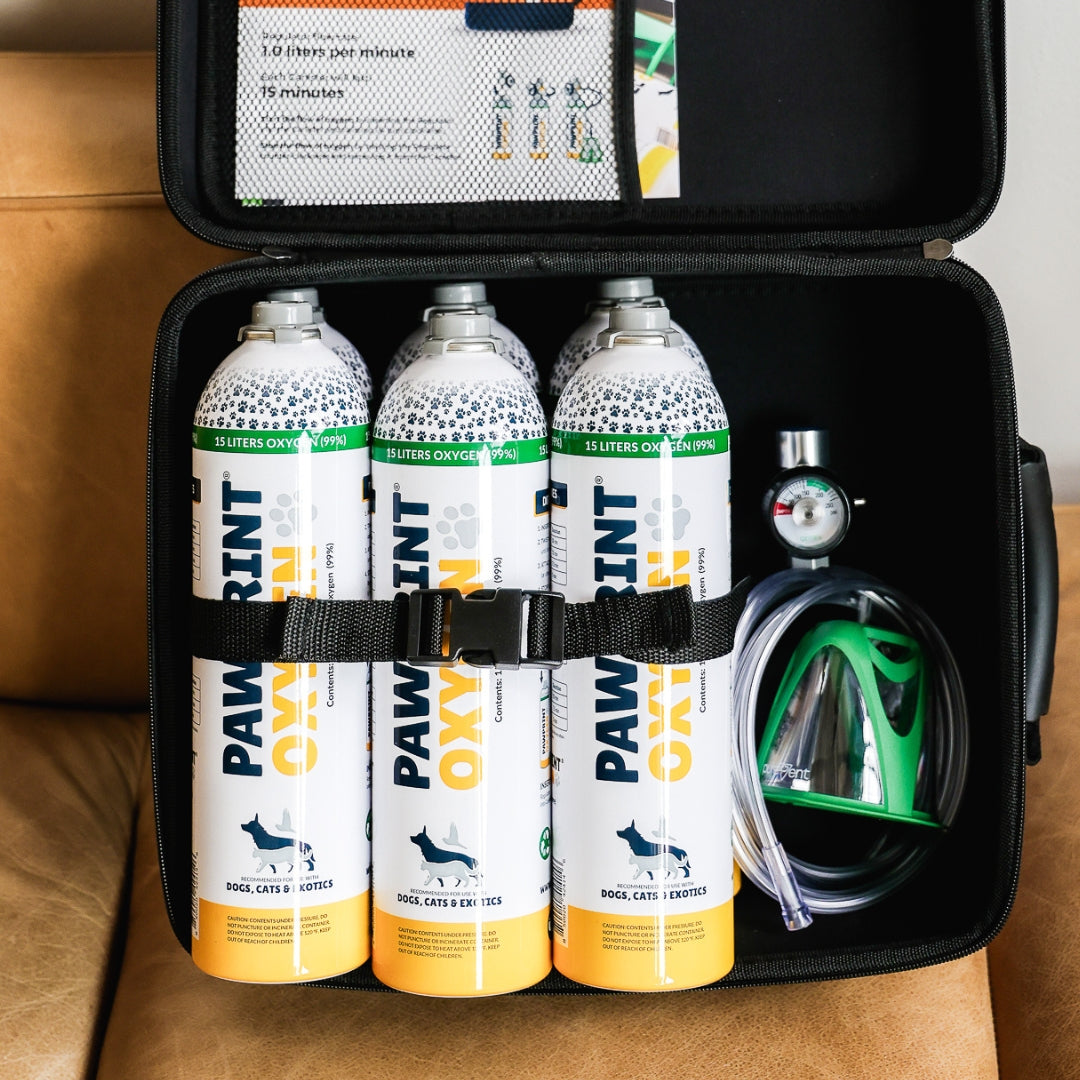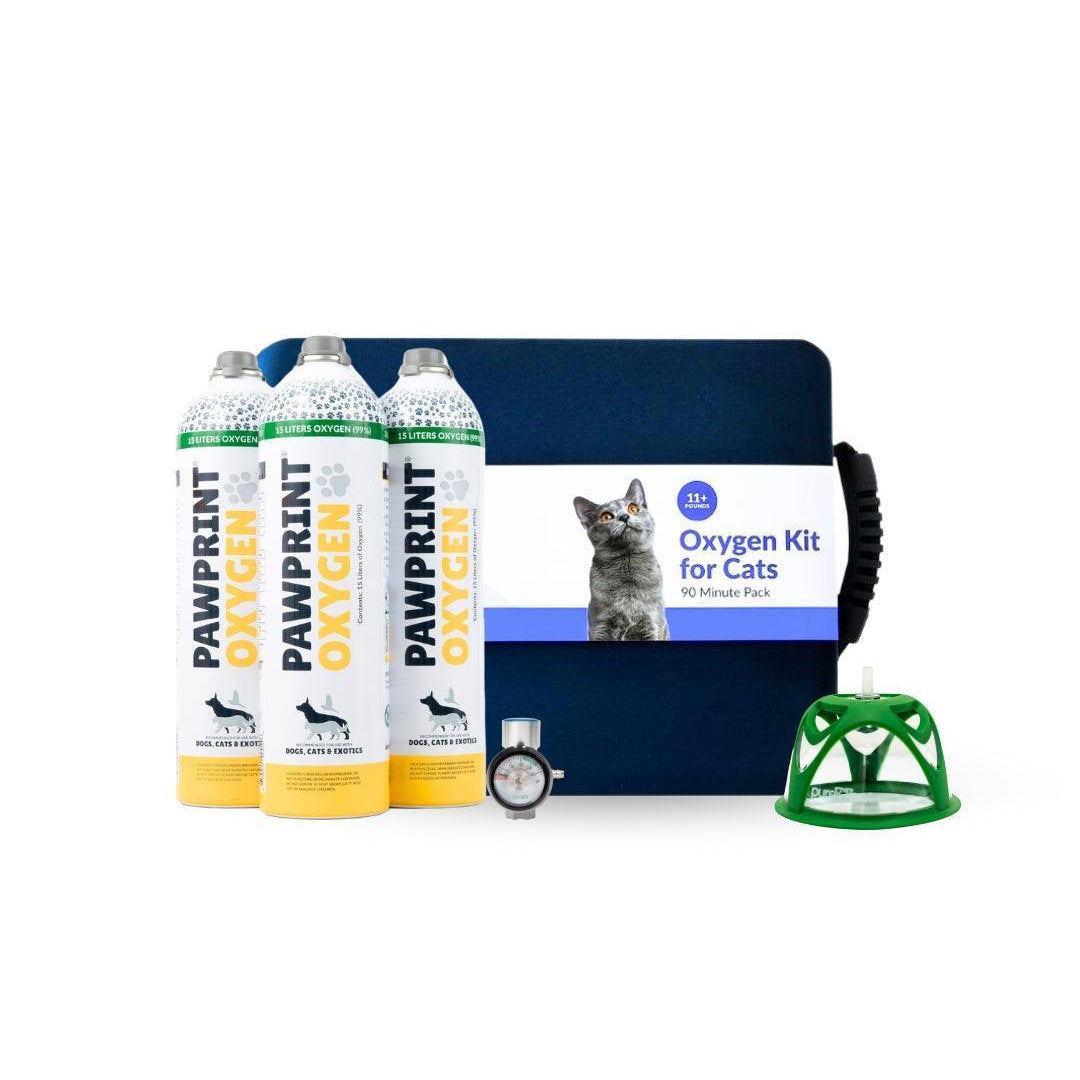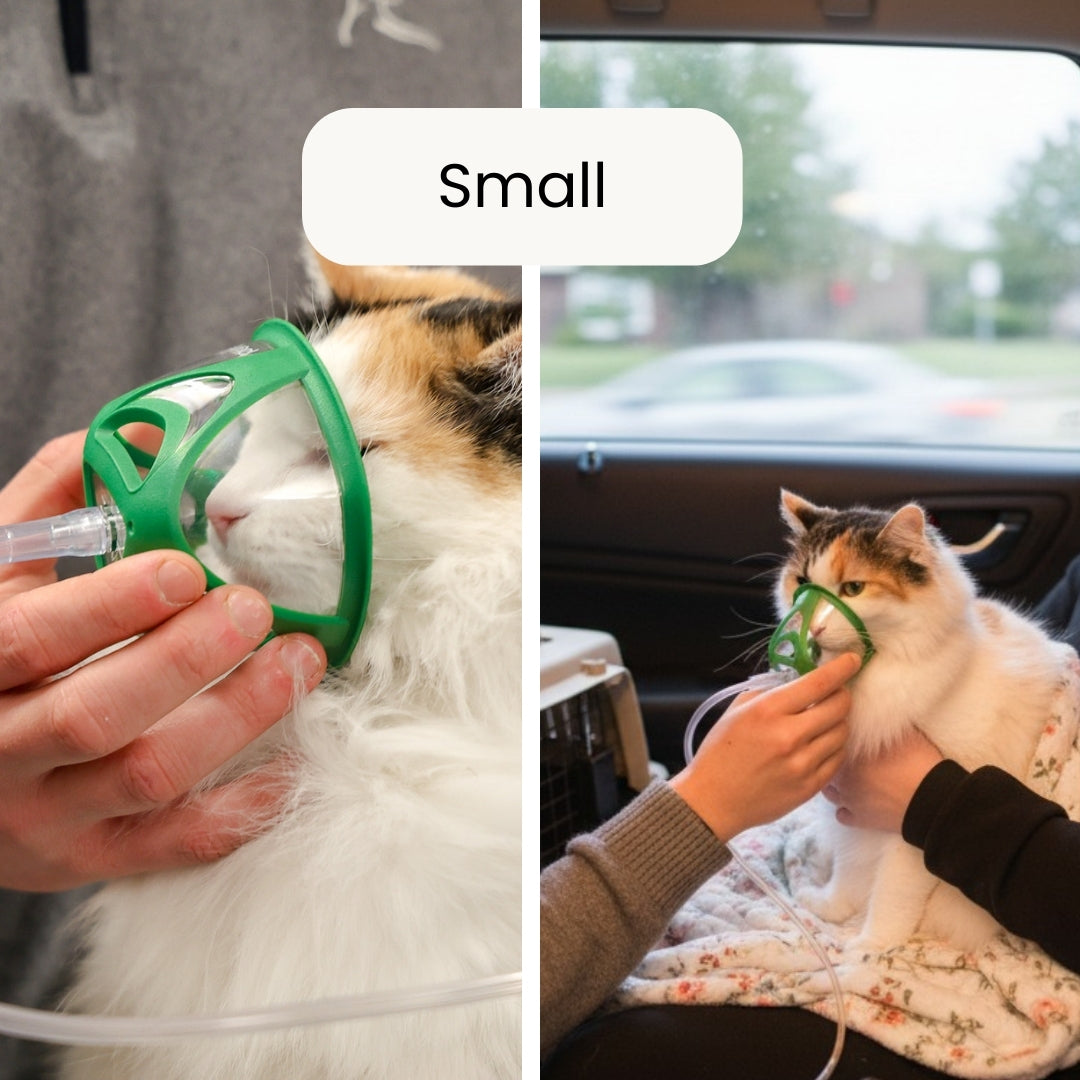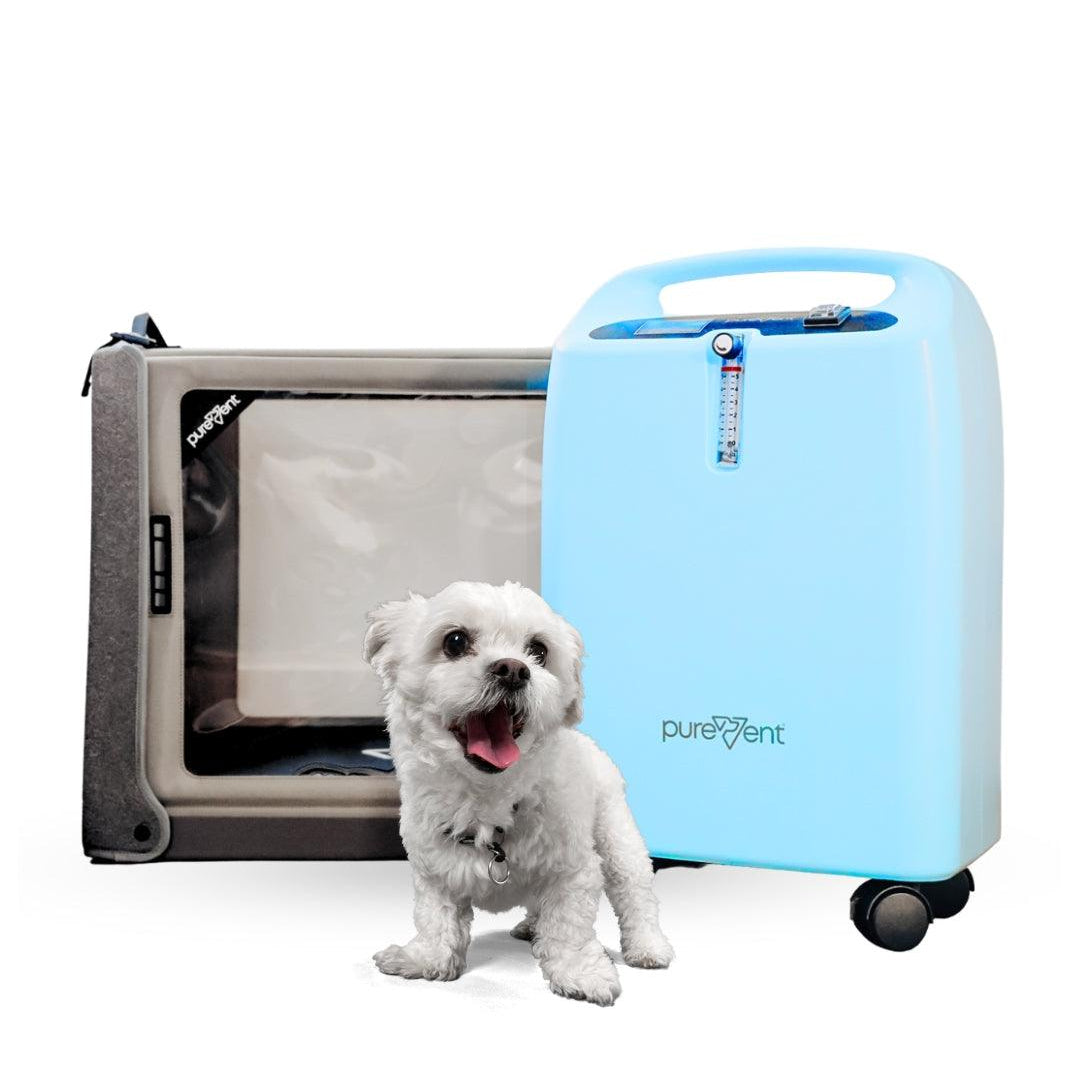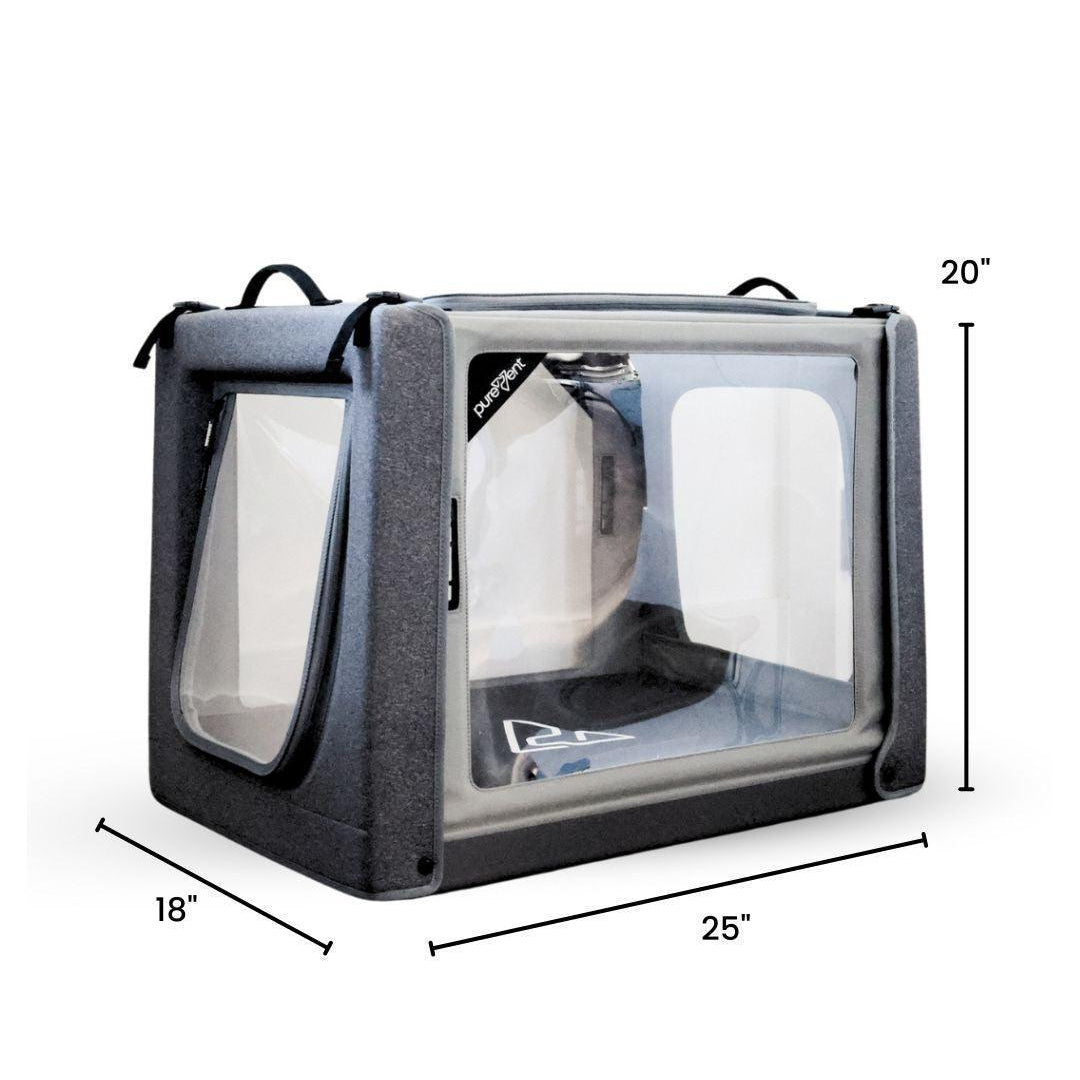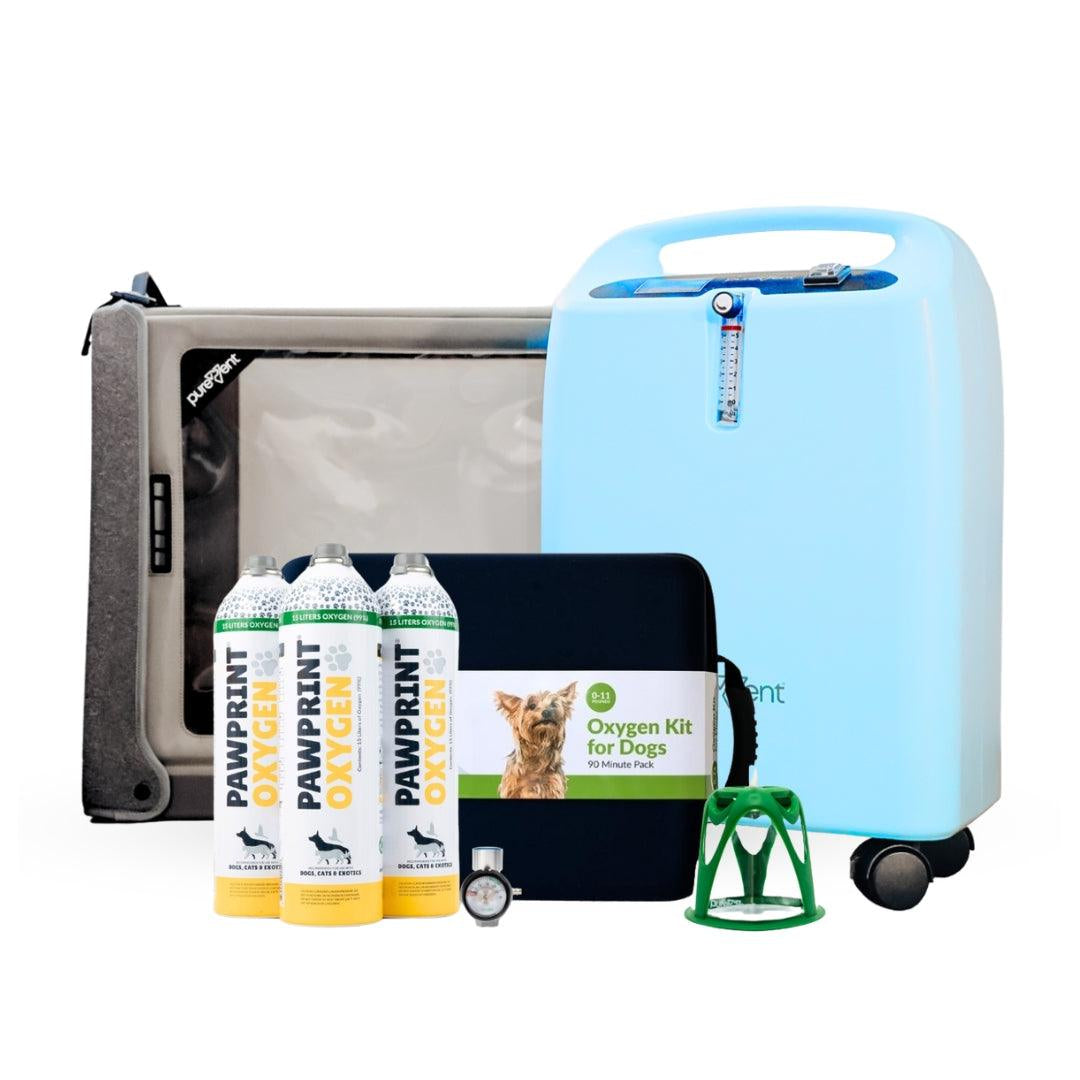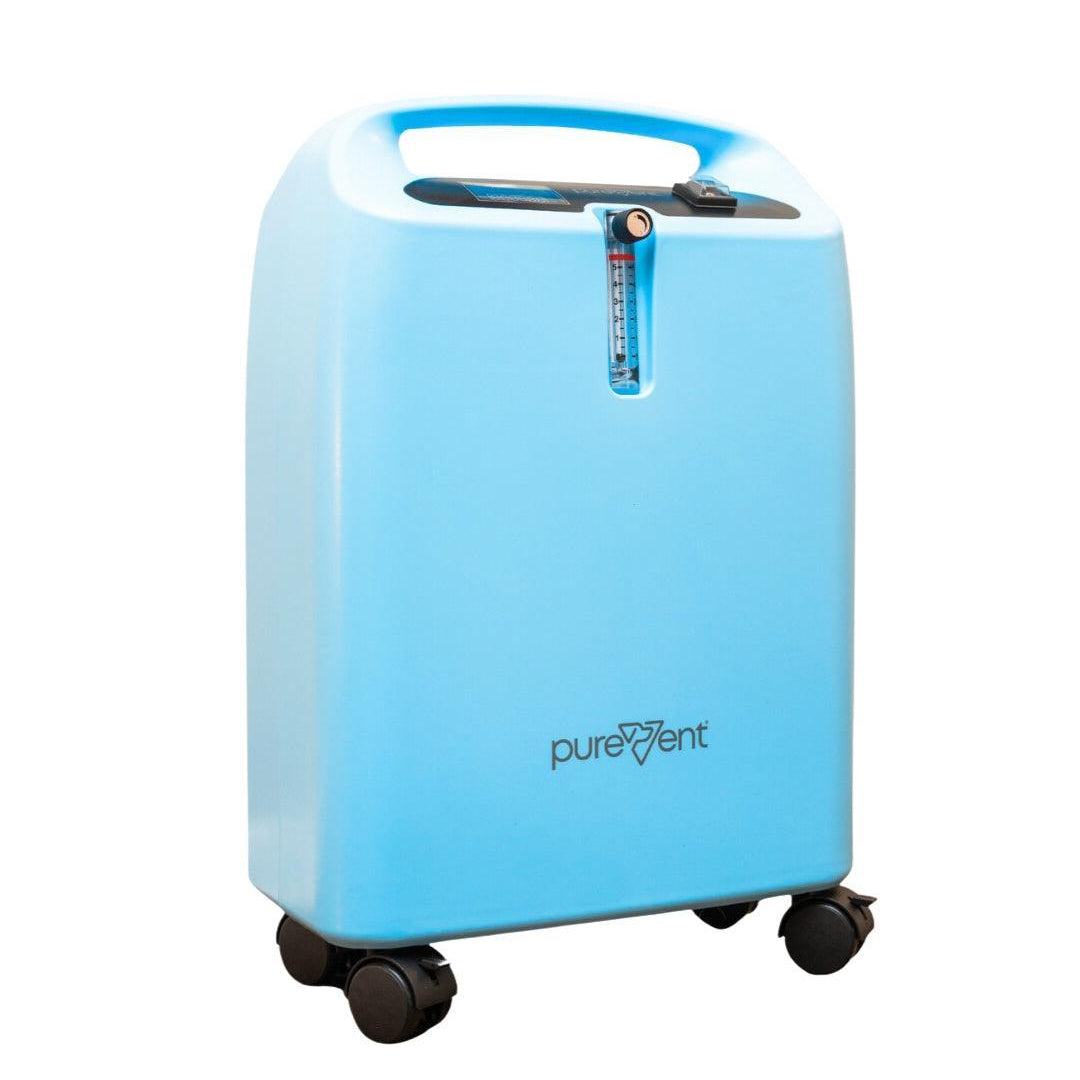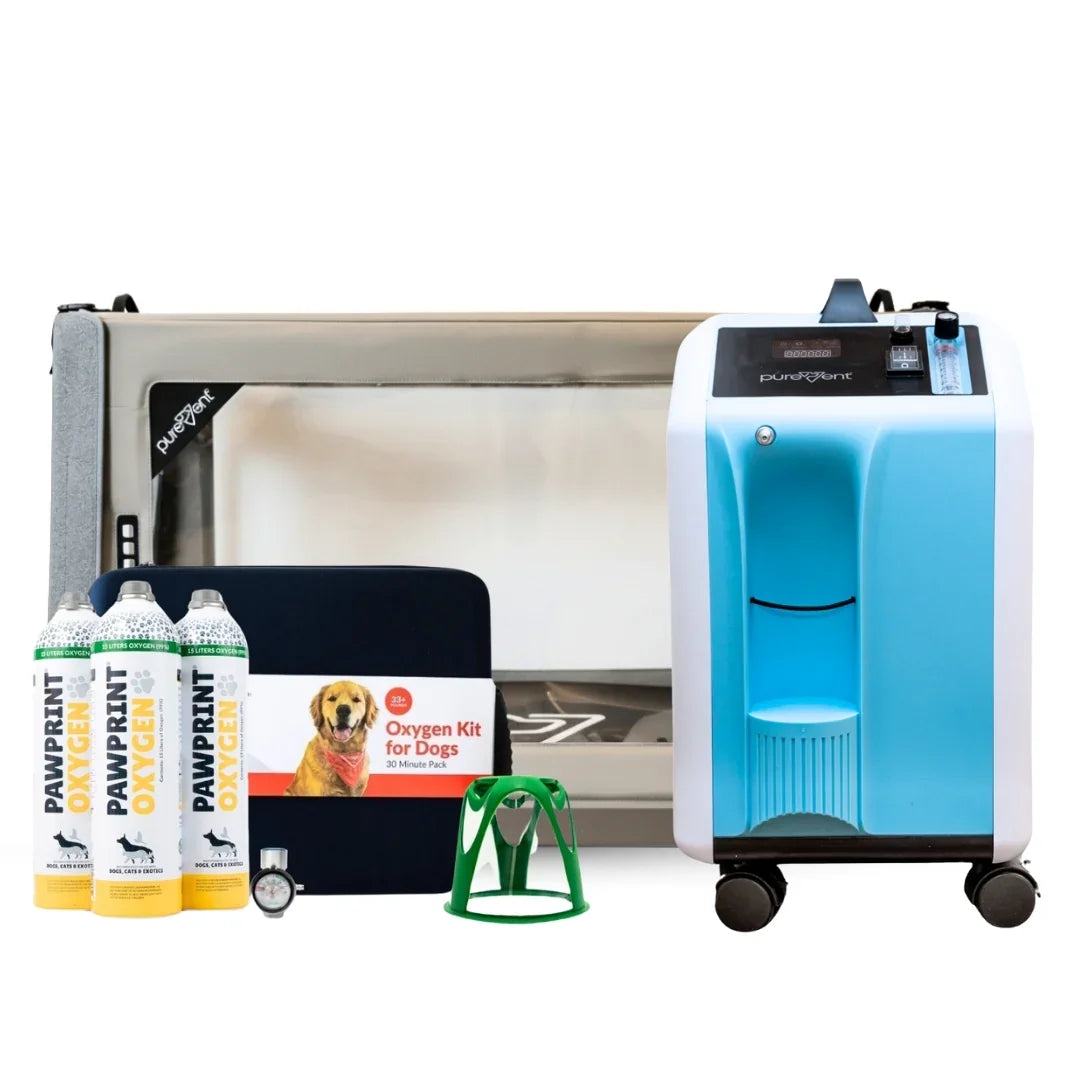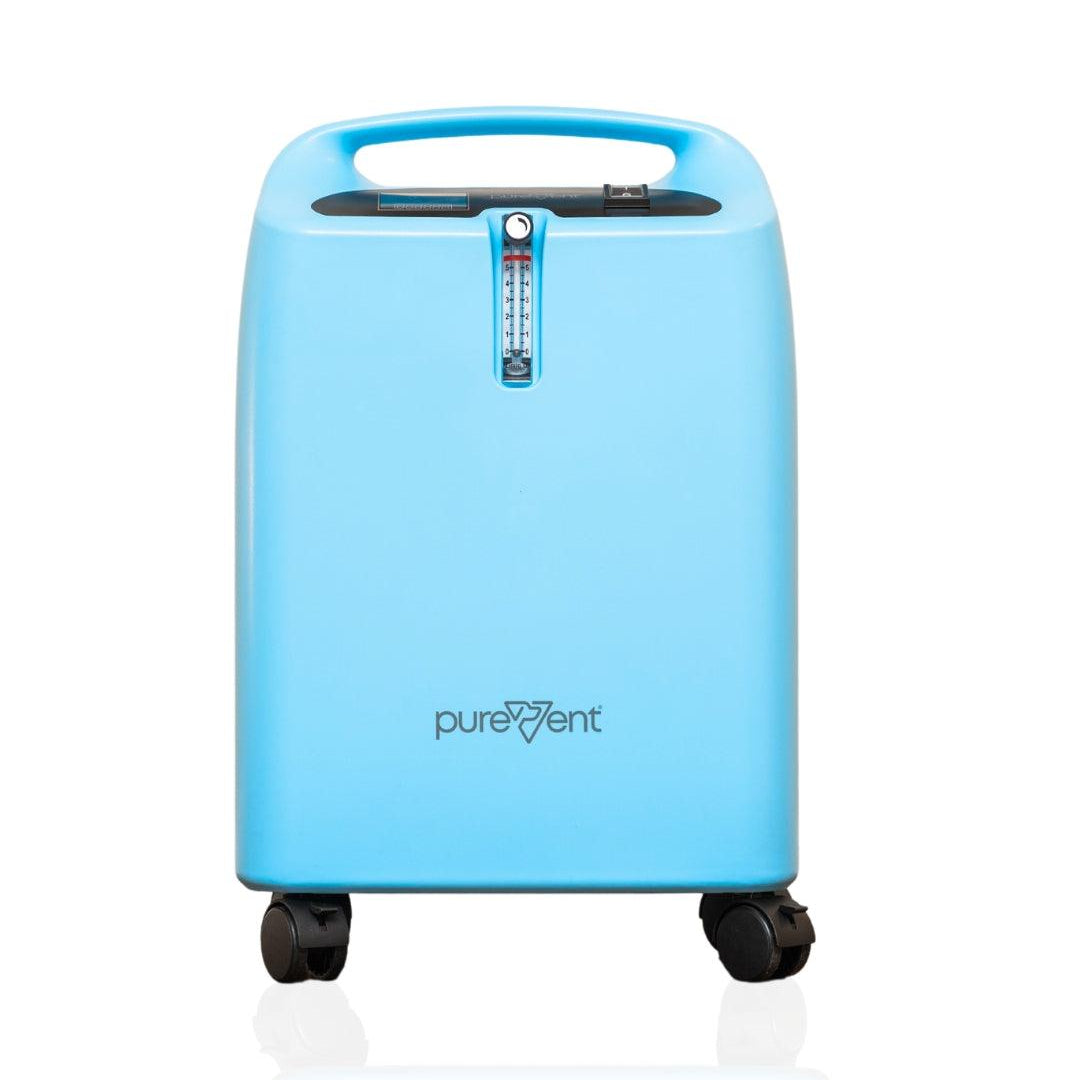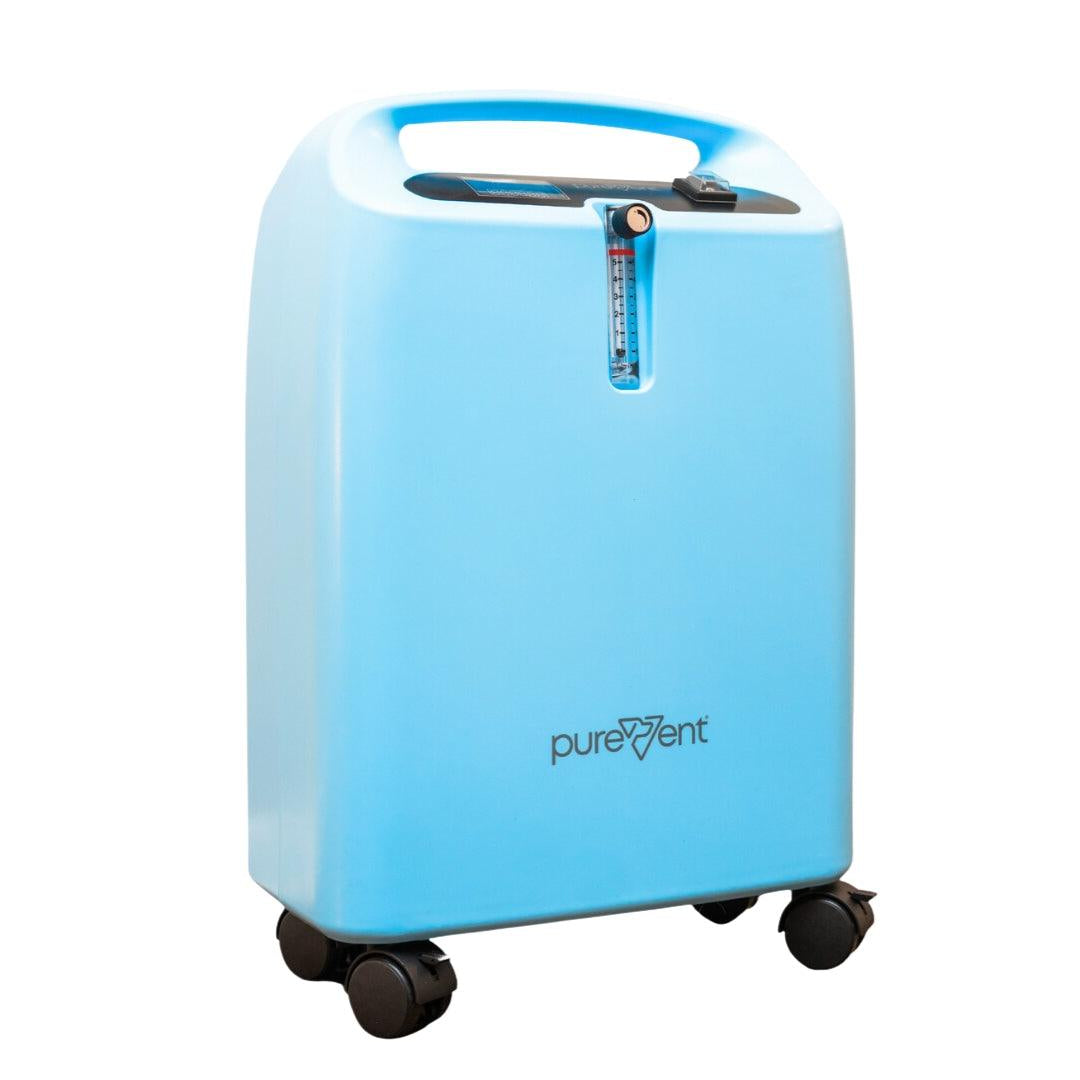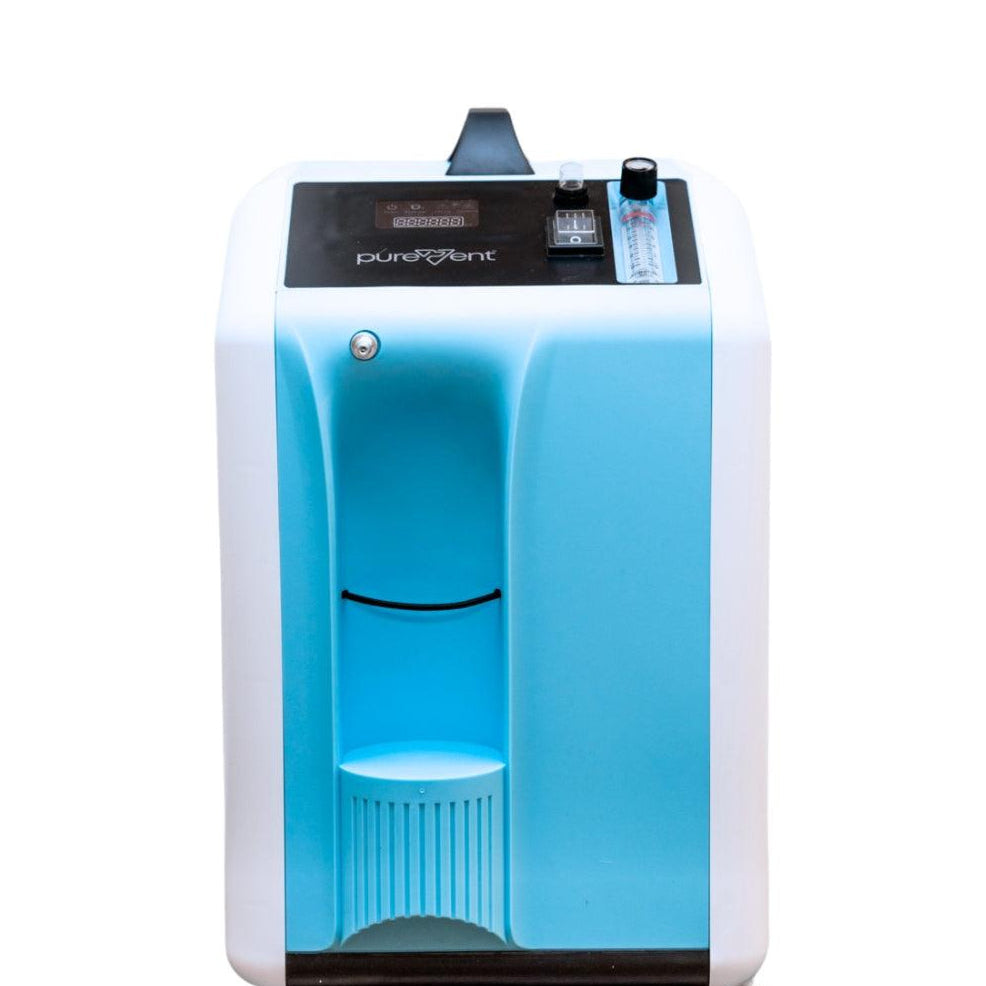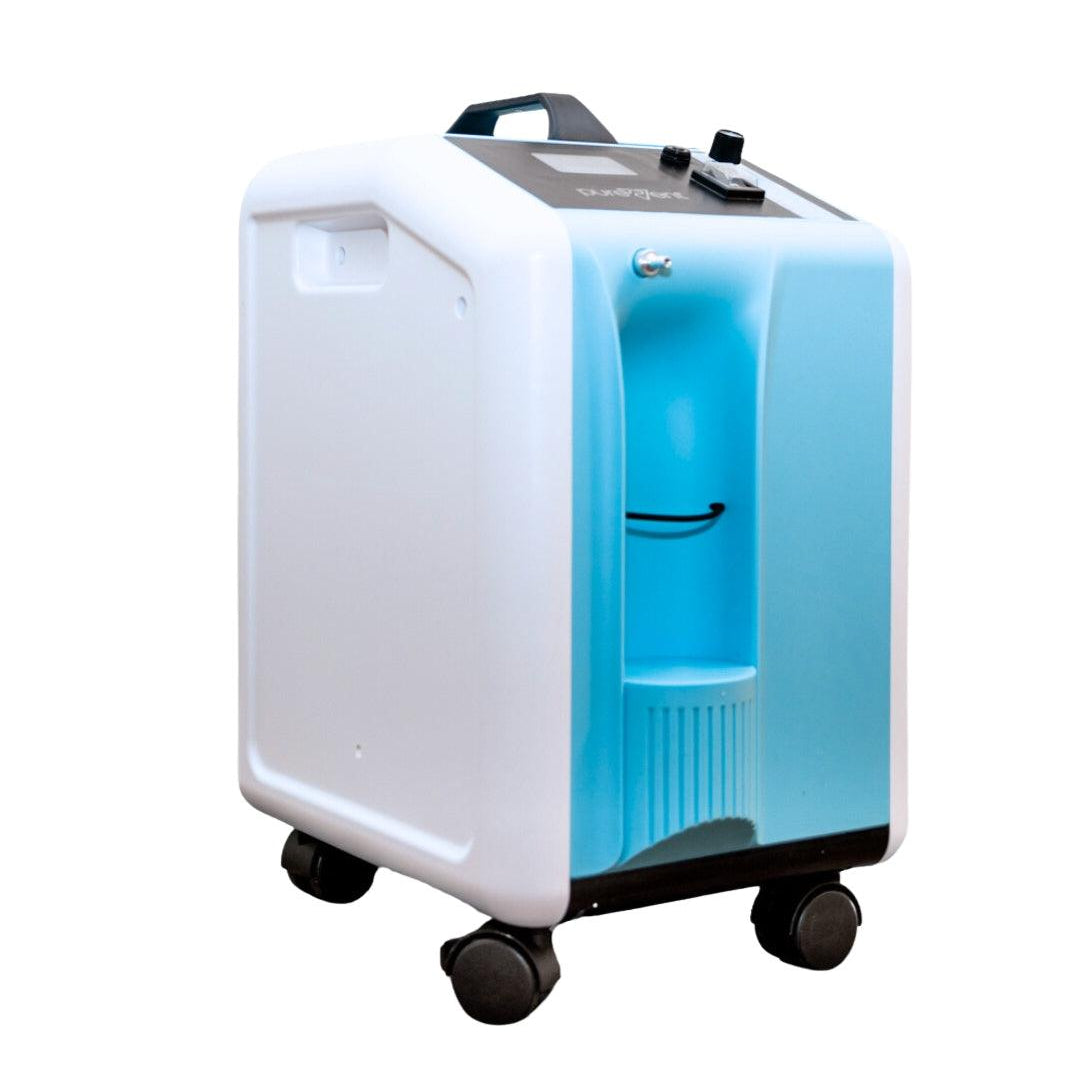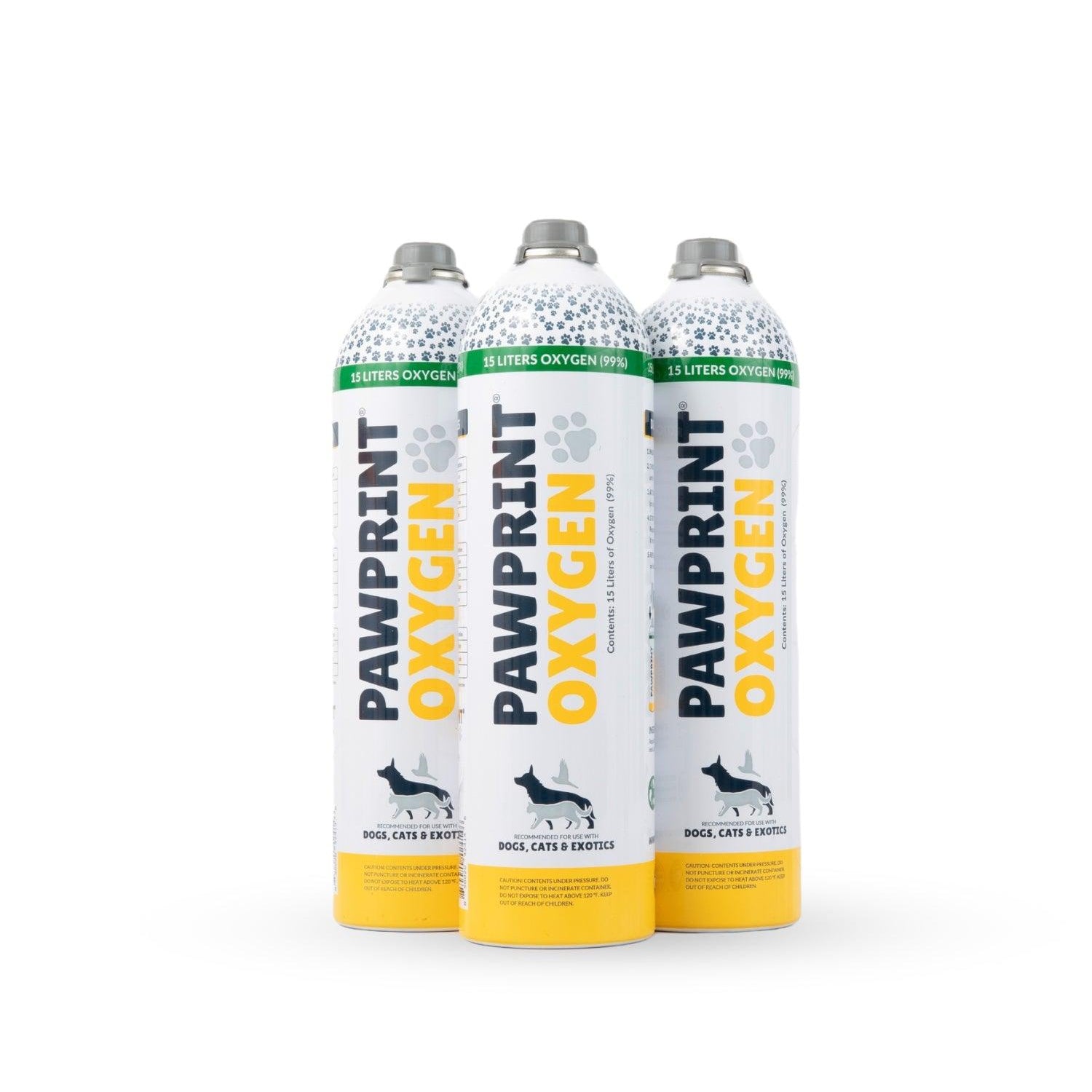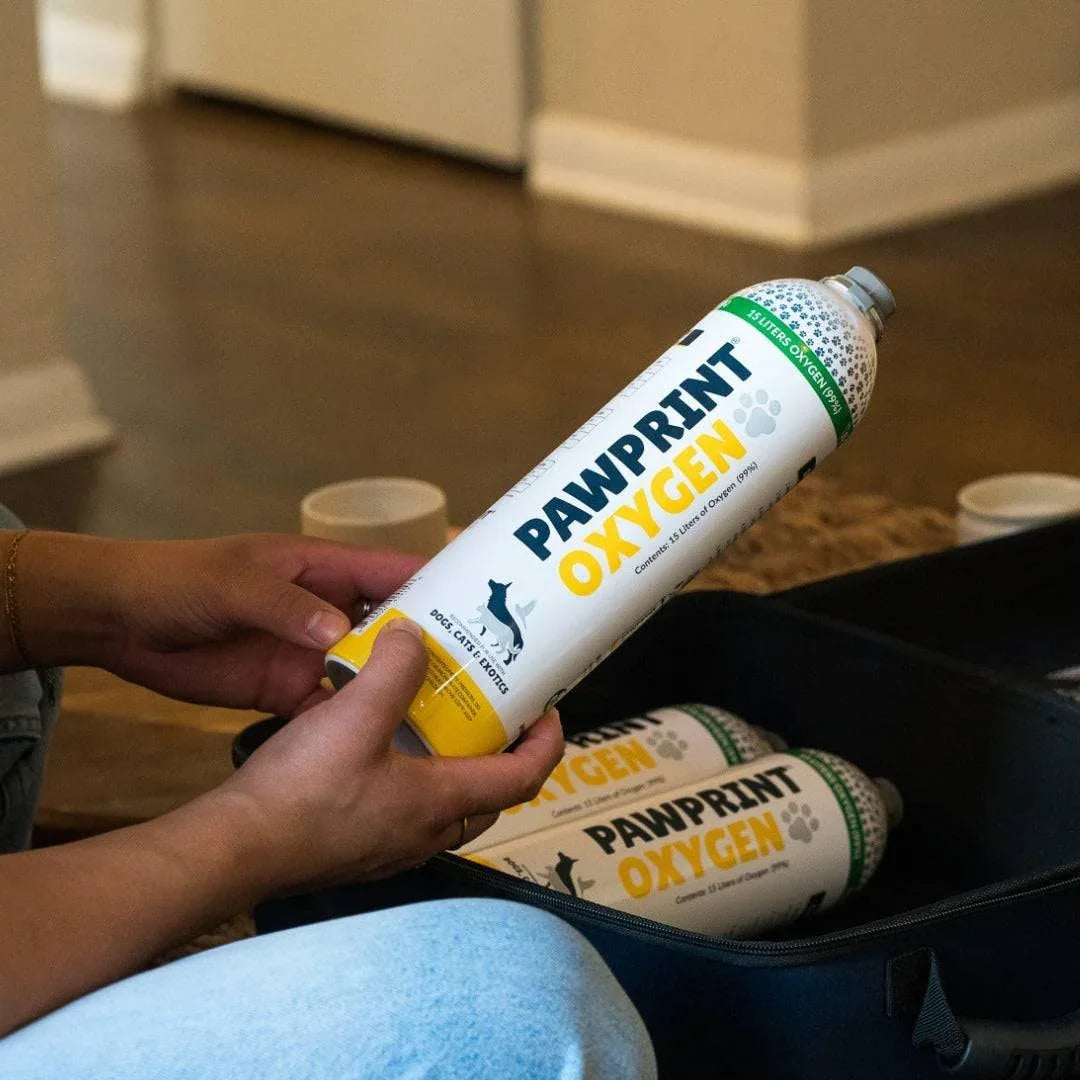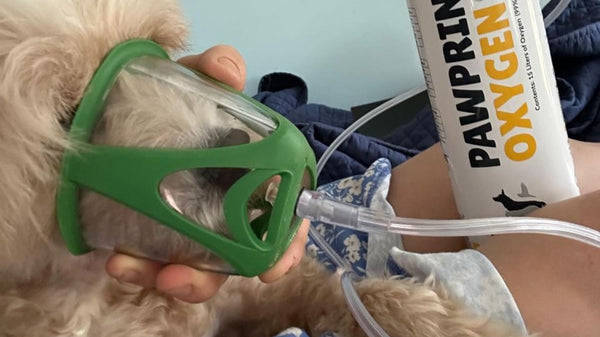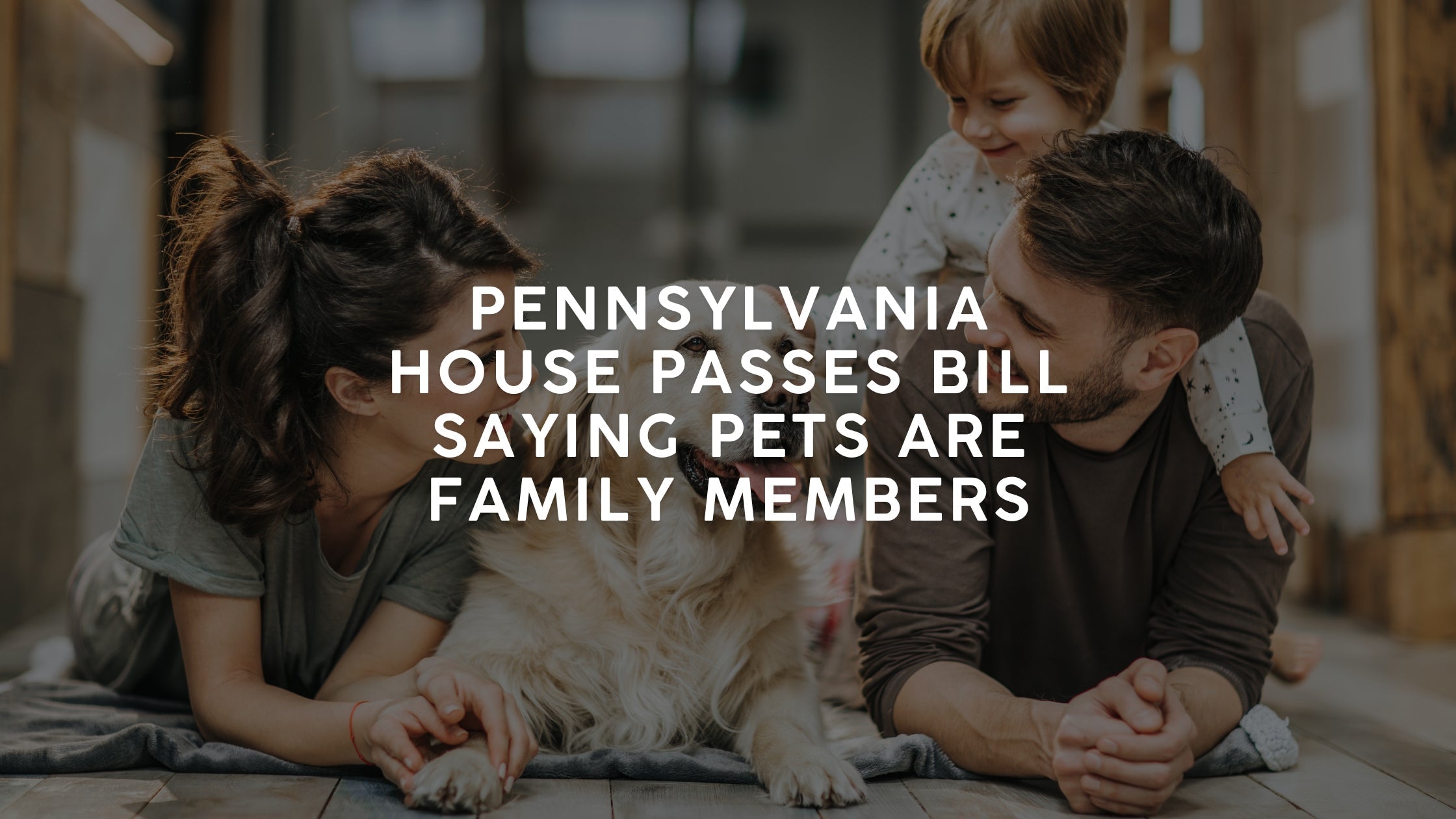Do you know that oxygen therapy can be beneficial for cats with certain health conditions? In this article, we will explore eight cat health conditions that can benefit from oxygen therapy.
When a cat experiences respiratory issues or has a condition that affects oxygenation, providing supplemental oxygen can be a game-changer. Oxygen therapy helps to increase the oxygen levels in the cat's body, which aids in improving their overall health and well-being.
From asthma to pneumonia, various health conditions in cats can be effectively managed with oxygen therapy. By providing the cat with the necessary oxygen levels, their respiratory function can be improved, allowing them to breathe easier and restoring their energy levels. Providing oxygen therapy to cats is not only beneficial but also a non-invasive treatment option that is well-tolerated by most felines.
If your cat has been diagnosed with a respiratory condition or requires additional oxygen support, it's important to consult with your veterinarian to determine if oxygen therapy could be beneficial. Stay tuned as we delve into the various cat health conditions where oxygen therapy can make a significant difference in their quality of life.
Table of Contents

Common cat health conditions that benefit from oxygen therapy
1. Feline asthma
Feline asthma is a chronic respiratory condition that affects many cats. It causes inflammation and constriction of the airways, making it difficult for cats to breathe comfortably. Oxygen therapy can play a crucial role in managing feline asthma by providing cats with the necessary oxygen levels to alleviate their breathing difficulties. Supplemental oxygen helps open up the airways, reduces inflammation, and improves overall lung function in cats with asthma.
2. Chronic obstructive pulmonary disease (COPD)
Chronic obstructive pulmonary disease (COPD) is a progressive respiratory condition that affects both humans and cats. Cats with COPD experience a decrease in lung function, leading to difficulty in breathing. Oxygen therapy can be a valuable treatment option for cats with COPD. By providing supplemental oxygen, the cat's breathing capacity can be improved, reducing symptoms such as coughing, wheezing, and shortness of breath.
3. Heart conditions (CHF)
Heart conditions in cats can lead to poor oxygenation of the body. Cats with heart disease may experience symptoms such as lethargy, difficulty breathing, and reduced exercise tolerance. Oxygen therapy can help improve the oxygen levels in the cat's body, reducing the strain on the heart and improving overall cardiovascular function. By increasing oxygenation, cats with heart conditions can experience an improvement in their quality of life.
4. Upper respiratory infections
Upper respiratory infections are common in cats, especially in multi-cat households or shelters. These infections can cause nasal congestion, sneezing, coughing, and difficulty breathing. Oxygen therapy can provide relief for cats with upper respiratory infections by increasing oxygen levels and reducing respiratory distress. It helps to clear congestion, improve breathing, and promote faster recovery.
Oxygen Chamber and Concentrator
Pawprint Oxygen's Extended Oxygen Therapy Bundle includes everything you need to provide medical-grade oxygen therapy to your pet. The equipment is cost-effective, easy to use, and durable. Pet owners can give their pets oxygen therapy when they need it most with their own home set-up.

Is feline asthma a common condition in cats?
Yes, feline asthma is considered a relatively common condition in cats, affecting approximately 1-5% of the feline population. It is most frequently diagnosed in middle-aged cats, although cats of any age can develop the condition. Certain breeds, such as Siamese and Oriental breeds, may have a higher predisposition to asthma, suggesting a potential genetic component.
Can feline asthma be cured?
No, feline asthma cannot be cured. It is a chronic condition that requires ongoing management to control symptoms and prevent flare-ups. The goal of treatment is to minimize inflammation in the airways, reduce the frequency and severity of asthma attacks, and improve the cat’s quality of life. With proper management, many cats with asthma can live healthy, comfortable lives.
Can I adopt another pet if I have a cat with feline asthma?
Yes, you can adopt another pet if you have a cat with asthma, but it’s important to consider several factors to ensure the new pet won’t exacerbate your asthmatic cat’s condition. Cats with feline asthma are sensitive to environmental triggers, so careful planning is essential to create a harmonious and healthy environment for all pets. Prioritize compatibility, minimize allergens, and consult with your veterinarian for the best outcome.
Oxygen Therapy Equipment Options for Cats
To administer oxygen therapy to cats, specialized equipment is used. Oxygen concentrators, oxygen rescue kits, and nasal cannulas are commonly used devices. Oxygen concentrators filter and deliver concentrated oxygen, while masks and nasal cannulas help deliver the oxygen to the cat's airways. These devices are designed to be safe, comfortable, and easy to use for both the cat and the caregiver.
In some cases, oxygen therapy can be administered at home for cats. This allows for continuous oxygen support and reduces stress associated with frequent vet visits. However, it is crucial to follow the veterinarian's instructions and take necessary precautions. Ensuring proper ventilation, maintaining equipment cleanliness, and monitoring the cat's response to therapy are essential for a successful at-home oxygen therapy experience.

Signs of Respiratory Distress To Look For in your Cat
It's essential to act promptly if you observe any of these signs. Difficulty breathing is a medical emergency that requires immediate veterinary attention. The underlying causes can vary widely, from heart disease to asthma, trauma, or infection, and the appropriate treatment depends on the specific diagnosis. Remember, early intervention can be critical.
Increased Respiratory Rate:
Breathing faster than normal (tachypnea) can indicate distress. Normal respiratory rates for a cat at rest should be between 20 to 30 breaths per minute.
Labored Breathing:
This may include open-mouth breathing, which is uncommon in cats and usually a sign of severe distress. Look for the use of abdominal muscles to breathe or efforts to expand the chest more than usual.
Blue-tinged Gums or Tongue:
Known as cyanosis, this is a serious sign that the tissues are not receiving enough oxygen. The gums and tongue may appear blue or purple instead of the normal pink color.
Coughing:
While less common in cats than dogs, persistent coughing can indicate respiratory or cardiac issues leading to breathing difficulties.
Noisy Breathing:
Wheezing, crackling, or any unusual breathing sounds can indicate that the cat is struggling to breathe normally.
Changes in Posture:
A cat may extend its neck and head forward or assume a standing position with elbows turned outwards to breathe more easily.
Lethargy or Weakness:
Reduced oxygen levels can lead to fatigue, weakness, or a noticeable decrease in activity levels.
Loss of Appetite:
Difficulty breathing may also affect the cat's desire to eat or drink.
Sudden Collapse or Fainting:
In severe cases, a cat may collapse or faint due to not getting enough oxygen.
Pet Oxygen Kit for Cats
The Pet Oxygen Kits for Cats from Pawprint Oxygen are designed to help your cat when and where they need it most. Pet parents can administer on-the-spot oxygen or oxygen during transport to emergency care. Cats needing this rescue kit may suffer from acute health conditions like feline asthma or a heart condition. Owners may also like to keep a kit on hand to transport them in case of emergency.
Key Takeaways
The top 4 cat respiratory conditions that benefit from oxygen therapy
Signs of respiratory distress in felines.
Oxygen therapy options for cats.




